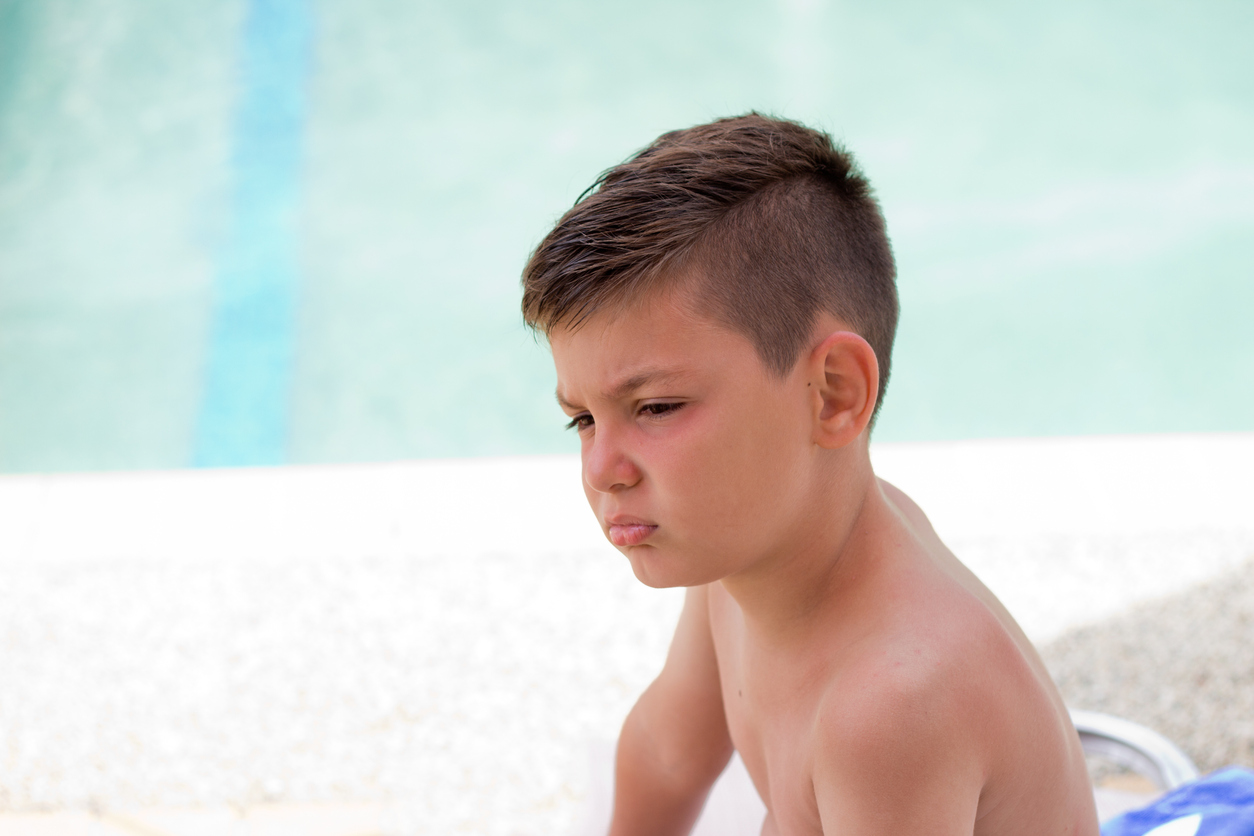Encouraging Splashdown: The New Parent’s Guide to Easing a Nervous Child Into Swimming Lessons
Swim lessons are a quintessential part of youth, offering not just a vital life skill, but a host of developmental benefits. Yet, for a child who’s nervous around water, what should be a fun adventure can become a harrowing ordeal — for both them and their parents. If your little one’s knees turn to jelly at the mere sight of a pool, you’re far from alone. And you’re in luck, because this guide is tailor-made for new parents looking to turn the tides on water-related anxiety and support their child in dipping their toes into a lifetime of aquatic fun and safety.

Understanding the Fear
Before we jump (pun intended) into strategies, it’s crucial to unpack the origins of your child’s discomfort. The reasons can be as varied as kids themselves. Some are innately cautious and anxious, while for others, a negative experience, media influence, or even a simple fear of the unknown can be the trigger. Remember, their fear is both real and relative. It’s their personal Mt. Everest, and you’re their trusted Sherpa. Respect their apprehensions, reassure them — and never force or tease them into ‘just getting over it’.
Addressing the Anxieties
For your strategy to succeed, you’ll need to address specific fears. Be it the sensation of water in the eyes, a phobia of not touching the floor, or a fear of separation, each of these anxieties requires a uniquely tailored approach. The best way to get to the ‘what’ and ‘why’ is through calm one-on-one conversations, observation, and, if necessary, through a dialogue with their swimming instructor.
The Long Swim: Progressive Desensitisation
The key to getting your child from ‘I’d rather not’ to ‘I’ll show you my cannonball’ is taking small, strategic steps. This is where the concept of desensitisation comes in. Think of it as training wheels for their fear.
Preparing Out of Water
First, we work on preparing your child even before seeing a drop of water. Expose them to the idea of swimming and lessons through books, gentle exercise programs on land, and, if possible, visit the pool at a non-busy time so they can simply observe and get comfortable with the setting.
Echoes of Joy in Echoing Halls
Start with simple activities at the poolside. Perhaps dipping their feet or fingers, playing with toys at the edge, then gradually moving into areas where the water doesn’t reach their chest. Always stay within arm’s reach to provide that all-important sense of security.
Wetting the Toes
The first dunking is a milestone, but remember to approach submersion gradually. Begin by teaching breath control in the bath, then practice controlled, brief ‘dives’ with you counting the seconds. Make it a game and ensure they understand they are in control.
The Tide is Turning: Positive Reinforcement and Smart Scheduling
Positive reinforcement is the engine that’ll drive your child’s swimming success. It’s time to be your little champion’s biggest cheerleader.
The Language of Success
Celebrate every benchmark, no matter how small. Your child put their face in water? That’s huge! Used a kickboard without clinging to the edge?
Stick to a Routine
Consistency is key to progress. Pick a lesson time and regular practice schedule and stick to it, reinforcing the idea that swimming is a natural part of your weekly routine.
The Buddy System: Familiar Faces and New Friends
Bolstering your child’s swimming squad can make a world of difference. Familiarity and camaraderie can ease anxieties and foster a sense of community and support.
Recruiting Allies
If they have siblings or friends who swim, have them serve as mentors. Kids are often the best teachers for other kids, effortlessly breaking down fears and misconceptions.
Making Waves With Friends
Encourage making new friends in their swimming class, perhaps by arranging a ‘post-lesson’ playdate with pool buddies. The more connections they have in the water, the more normalised it will become.
The Legacy of Learning and Community
Finally, remember what swimming lessons inherently are — a community activity that encourages growth and personal achievement.
Life Lessons in Life-saving
Help your child understand the importance of swimming as a life skill and a possible career. Kids often latch onto the idea of one day being a lifeguard, and this aspiration can weave bravery into each lesson.
The Aquatic Community
Become involved in the aquatic community at large — pool games, local events, and clubs. The more they know and feel part of this world, the less alien and more inviting it’ll seem.
The After-Splash
The exhilaration of watching your hesitant child gain confidence and joy in the water is a thrill like no other. Remember always to be patient, loving, and supportive. With time, the anxious child you once knew will transform into a little fish, ready to swim in the tides of life with vigor and enthusiasm.
It takes a village to raise a child, and it takes a community to encourage a swimmer. May this guide usher not just your kids but your entire family into the aquatic fold, where wading through waters symbolises not struggle, but success, and above all — safety.



